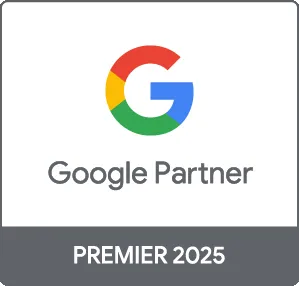Dynamic keywords in Google Ads allow advertisers to create highly personalized ad experiences that resonate with potential customers. By automatically inserting relevant keywords into ad copy, businesses can enhance engagement and improve ad performance. In this comprehensive guide, we'll explore how dynamic keyword insertion works, its benefits, and best practices for leveraging this powerful feature.
What are Dynamic Keywords?
Dynamic keywords utilize a feature within Google Ads that allows for the automatic insertion of keywords from the user's search query directly into the ad text. This means that when someone searches for a term that matches your keywords, your ad will dynamically adapt to include that keyword, tailored specifically for the searcher.
Benefits of Using Dynamic Keywords
- Higher Click-Through Rates (CTR): Ads that include the user's search term can lead to significantly higher CTR, as they appear more relevant to the user's intent.
- Improved Ad Relevance: Dynamic keywords enhance the relevance of your ads, aligning closely with what users are actively searching for.
- Time Efficiency: By utilizing dynamic keyword insertion, advertisers can spend less time manually creating ad variations for every keyword.
How to Set Up Dynamic Keywords in Google Ads
- Create a New Ad Group: Start with a dedicated ad group for the campaign where you want to apply dynamic keyword insertion.
- Select Your Keywords: Add relevant keywords that match your product or service offerings to trigger the dynamic ads.
- Write Your Ad Copy: Use the placeholder parameter for dynamic keyword insertion, which is {Keyword:Default Text}. This will replace the placeholder with the keywords, ensuring that your ad remains relevant.
Best Practices for Dynamic Keyword Insertion
- Use Default Text Wisely: Always provide default text for cases where a keyword is too long or doesn't match appropriately. This ensures your ad still makes sense and maintains a professional appearance.
- Monitor Performance: Regularly analyze the performance of your dynamic keyword ads. Adjust bids and strategies based on the data to optimize results.
- A/B Testing: Run A/B tests to determine which variations of ads perform best. Experiment with different default texts and keywords to find the most effective combinations.
Conclusion
Dynamic keywords can significantly enhance your Google Ads campaigns by increasing relevance, improving CTR, and saving time. By understanding how to effectively utilize dynamic keyword insertion, you can create ads that resonate with your audience and drive higher conversion rates. For more tailored Google Ads strategies, reach out to Prebo Digital and let us help you maximize your advertising success!





